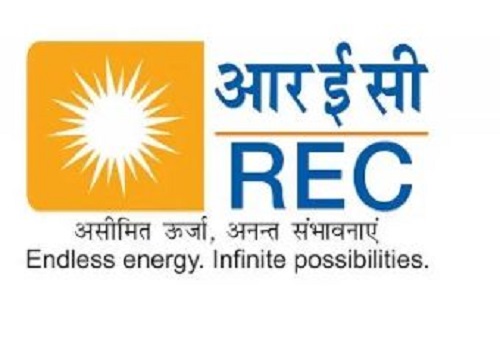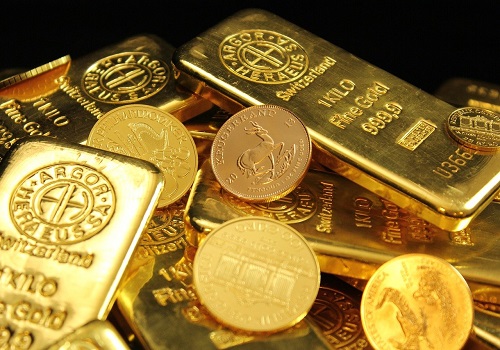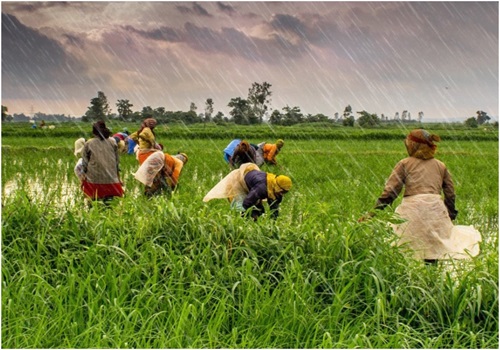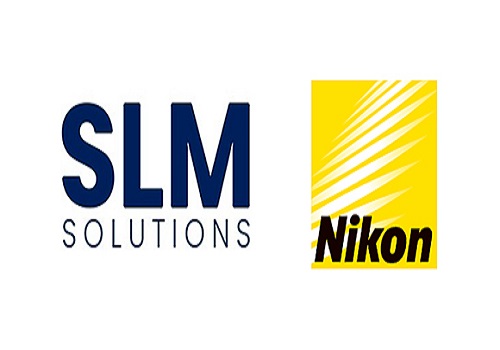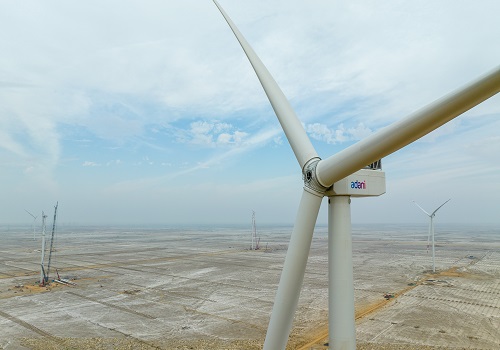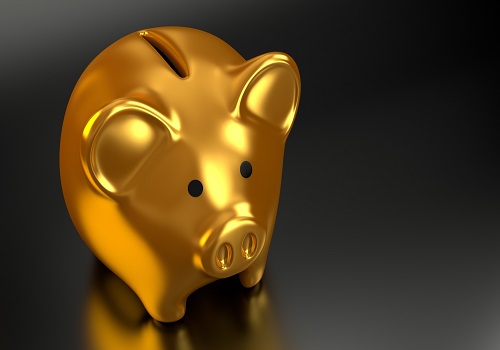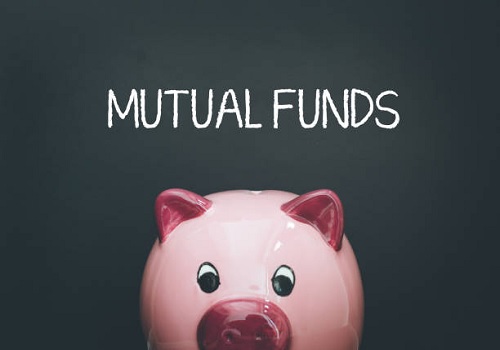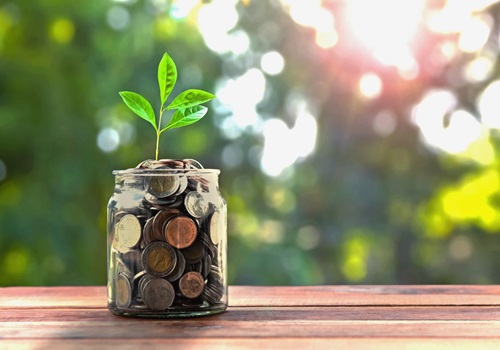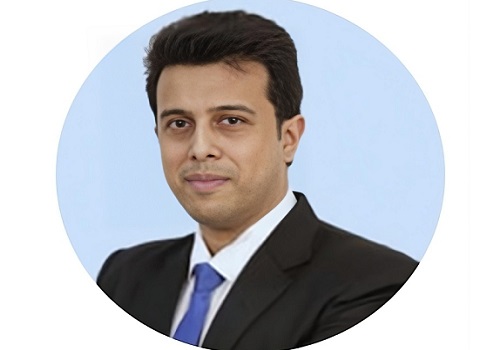Consumption sectors outperform broader market in the long-term: Bajaj Finserv AMC
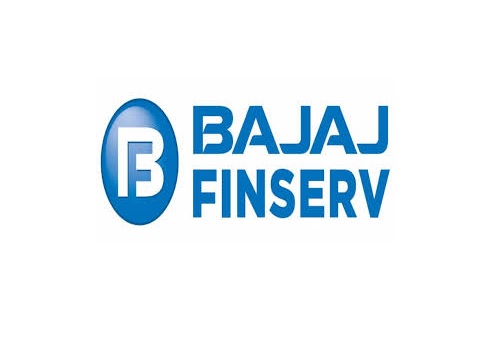
India's per capita income is projected to exceed $3,000 by 20251, fuelling consumption growth. By 2030, the middle class is expected to comprise 40% of the population, significantly driving discretionary spending.
A new study by Bajaj Finserv AMC has shown that the Nifty India Consumption Index outperformed the broader market over several cycles, generating 5.3%(absolute) alpha over the past one year, 2.8%(compounded annualised) alpha over the past three years, and 0.4%(compounded annualised) alpha over the past ten years, as of August 20242. This data suggests that consumption-related sectors are on the rise in the country and are poised for a potential boom in the long term.

The Index delivered returns of 45.5% for one year, 20.5% for three years, and 14.5% for ten years as of August 2024. In comparison, the Nifty 500 Index provided returns of 40.2%, 17.7%, and 14.1% for the same one-year, three-year, and ten-year periods, respectively3. Additionally, the study indicated that the Nifty India Consumption TRI outperformed the BSE 500 TRI seven times in the last 11 calendar years4.
#Performance less than 1 year is absolute and more than 1 year is compounded annualized.
Moreover, the Nifty India Consumption Index showed greater resilience compared to the broader market, with less drawdown during the Global Financial Crisis and the COVID-19 pandemic. During the Global Financial Crisis in 2009, the Nifty 500 Index dropped by 64.26%, while the Nifty India Consumption Index experienced a drawdown of 53.11%. Similarly, during the COVID wave of 2020, the Nifty 500 Index fell by 38.30%, while the Nifty India Consumption Index fell by 32.37%5.
Indian consumers are evolving due to rising per capita income, with more households moving into upper-middle and high-income groups. Increased disposable income is boosting purchasing power and improving living standards, driving higher consumption. This trend presents a strong investment opportunity, as the consumption cycle has been improving over the past two years.
What’s driving consumption in India
According to the study by Bajaj Finserv AMC, India’s per-capita income is expected to surpass $3,000 by 2025, boosting consumer purchasing power. A burgeoning middle class, which is set to grow to nearly 40% by 20306, would drive a consumption boom.
The study also shows that India’s rural FMCG market is poised for robust growth and is estimated to reach $100 billion by 2025. Meanwhile, the Indian food services market is projected to reach a valuation of $125.06 billion by 2029, reflecting increasing consumer demand. The organic food sector, too, is on the rise and is expected to grow to $2.6 billion by 20257 as health-consciousness spreads among consumers. Additionally, the market penetration of packaged foods, beverages, and personal care products, is expected to reach 85% by 20308.
Further, the health and wellness sectors are set to expand at a CAGR of 15-20% over the next five years, driven by a growing emphasis on healthier lifestyles and holistic living. The contribution of quick commerce platforms to the online grocery market is anticipated to surge from 10% to around 45% in the coming years9, reflecting the desire of urban consumers to opt for convenience amid rapid urbanization.
The shift is also visible in consumer appliances segment. India stands as the second-largest smartphone market globally, with projections indicating it could expand to $90 billion by 203210, driven by adoption of technology in rural areas. Additionally, India leads the world in the two-wheeler market, fuelled largely by demand from rural and semi-urban regions. This highlights the evolving landscape of consumer preferences in the country. Similarly, there is an increased demand in the premium consumer goods segment, which is projected to grow at a CAGR of 10-12%,11 fueled by an increasing number of affluent consumers.
The megatrends in consumption reveal that the e-commerce customer base is expected to grow by 2.7 times by FY2512. This growth reflects in rising consumerism and urbanization. An example is the social behavior of consumers which is changing radically, with eating out expenses projected to rise 2.4 times by FY25.
ANNEXURE
#1: Source: PHD Research Bureau; projections for the years 2023, 2040 and 2047 are by PHDCCI.
#2,3: ICRA MFI Explorer | Data as on Sep 30, 2024.
#4: ICRA MFI Explorer | Data as on Sep 30, 2024 | Past performance may or may not be sustained in future.
#5: ICRA MFI Explorer | Data as on Sep 30, 2024
#7,10: IBEF, AC Nielsen, The Economic Times, LiveMint, Mordor Intelligence | Data for 2024.
#6, 8,9, 11: BCG, Niti Aayog, Euromonitor, McKinsey, Nielsen, CRISIL, FICCI, Deloitte, IBEF.
#12: Bernstein report.
Above views are of the author and not of the website kindly read disclaimer
